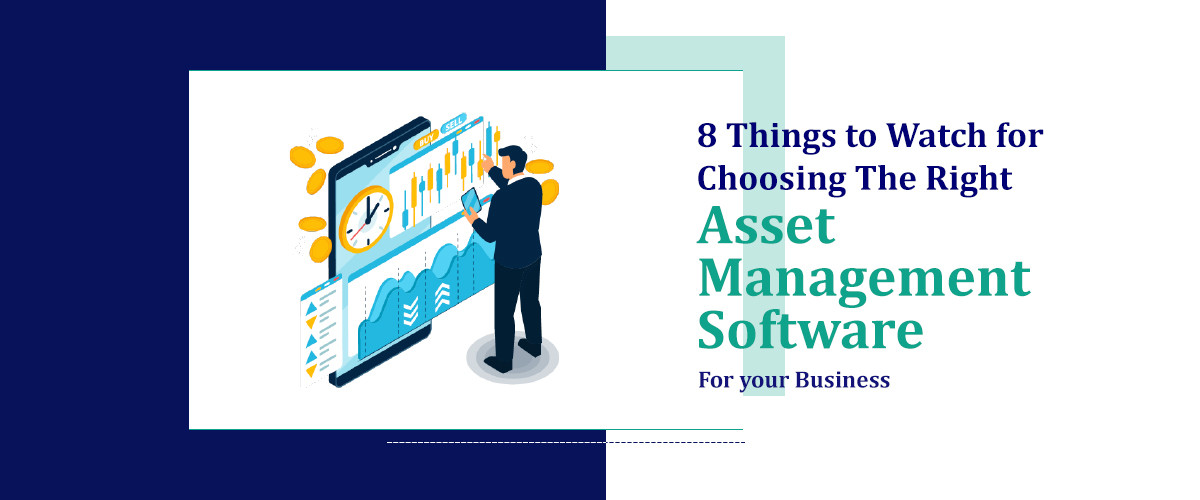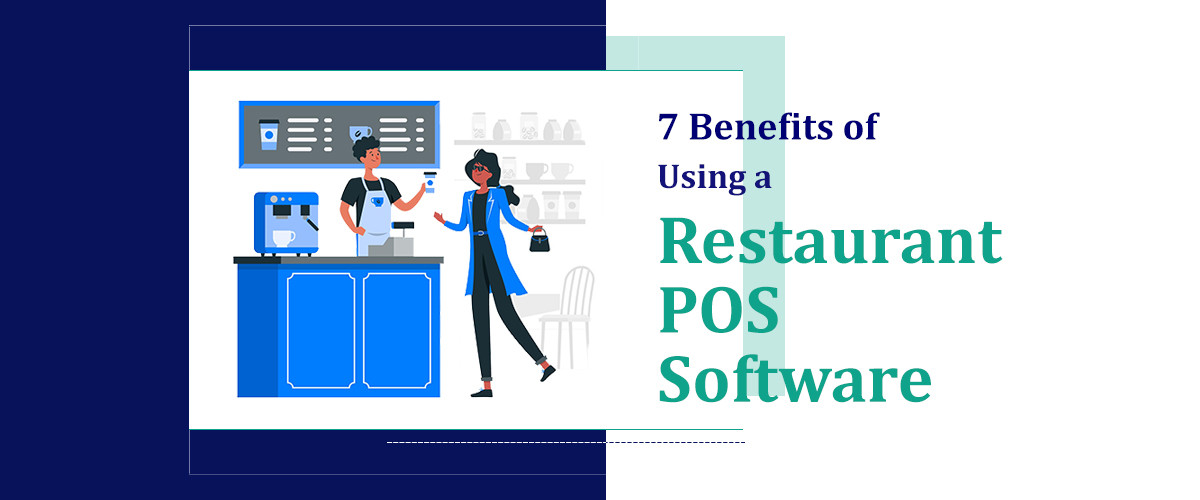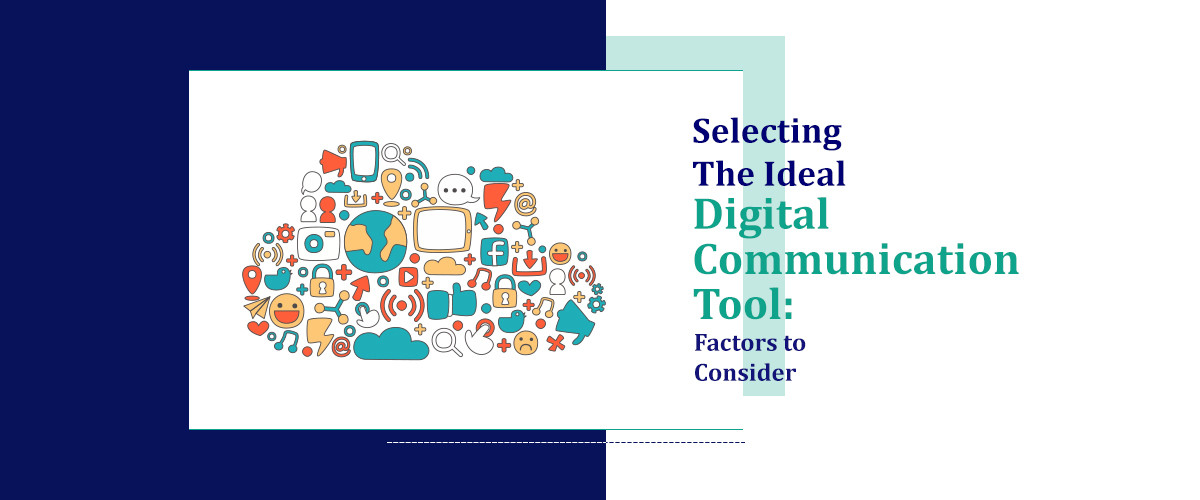What we'll cover
Businesses of all sizes must carefully consider their options when selecting asset management software, as it has a direct effect on how productive and efficient their operations are. An organization's ability to efficiently track, maintain, and optimise its assets will enhance financial oversight, operational compliance, and service delivery when it has the proper asset management system in place.
It might be difficult to find the ideal asset software in a crowded market. It's critical for small businesses to stay ahead of the curve when considering an asset management system investment. When choosing Asset management software for your American company, keep these eight things in mind:.
What is asset management software?
Asset management software is a specialised application created to help companies and organisations monitor and control their assets from purchase to disposal. With the use of this programme, customers may access comprehensive details on any asset, such as its location, use, maintenance history, and depreciation. Asset tracking software in US helps businesses maximise the usage of their assets, lower the cost of replacing lost or underutilised equipment, and maintain regulatory compliance by offering a centralised database for all asset-related data.
Why should you use asset management software?
Asset management software enables businesses to effectively monitor and manage their assets. Accurate tracking of asset performance, utilisation, and depreciation over time is ensured by centralising asset information. This programme optimises resource allocation and boosts an organization's overall operational efficiency by lowering the risk of asset loss and assisting in the making of well-informed decisions about asset procurement, maintenance, and disposal.
Numerous features and advantages of software are available to meet the requirements of different sectors. Among the salient characteristics are:
-
Asset tracking
With the help desk software of this tool, businesses can keep tabs on their assets by keeping thorough records of things like serial numbers, purchase dates, warranty details, and maintenance plans. Additionally, it makes it simple for users to find assets by using RFID or barcode scanning.
-
Maintenance management
To keep assets in top shape, asset management software assists in planning and organising maintenance chores. Additionally, this function reduces the possibility of accidental downtime and expensive repairs by sending notifications for impending maintenance activities.
-
Lifecycle management
Businesses may monitor an item's full existence, from purchase to disposal, with management software. By doing so, you may maximise the asset's use and cut down on wasteful spending by making well-informed decisions on whether to fix, replace, or retire it.
1. Understand Your Asset Needs
It is crucial to know exactly what you need for asset management before sifting through software possibilities. To begin, do a thorough inventory of all the assets in your company, such as office furniture, machinery, cars, and IT equipment. Consider the size of your assets and the amount of information you need to track and manage them.
Think about how frequently your fixed asset accounting software are used, if they is subject to regulatory compliance, and whether they requires periodic maintenance. Determine who the main users of the asset management software will be and what features they may want, such as field technicians' mobile mobility or connectivity with current ERP systems.
2. Assess Scalability and Flexibility
Your choice of asset management need to expand with your company. Think at the software's potential scalability: can it manage a rise in the number of assets and users? Will it alter to accommodate additional asset categories or modifications to operating procedures as your company's demands change?
Additionally, flexibility is crucial. You could need to modify procedures, add new features, or link with other software programmes as your company expands. Seek out asset management software in USA with readily adjustable features, open APIs for seamless interfaces, and an intuitive UI that your team can work with.
3. Check for Compliance and Reporting Capabilities
Asset managers are often concerned about regulatory compliance, particularly in sectors like healthcare, banking, and energy that have high requirements. The audit trails and reporting tools required to prove compliance with industry-specific standards should be included in your management software.
Make sure the software you select has strong reporting features that provide you up-to-date information on maintenance records, asset performance, and approaching compliance deadlines. Seek out features that include the ability to create compliance reports at the push of a button and automatic notifications for maintenance schedules or renewals.
4. Evaluate Maintenance Management Features
Facilitating maintenance management is one of the key purposes of asset management software. In order to reduce downtime and prolong asset lifecycles, the system should facilitate preventative maintenance by scheduling service desk software based on consumption data or time intervals.
Examine the software's maintenance management capabilities, keeping an eye out for functions like work order creation and administration, cost tracking, and maintenance demand forecasting. In addition, the programme ought to offer a centralised forum where maintenance personnel may interact and instantly update the status of work orders.
5. Consider Integration with Existing Systems
Asset management is closely related to many other corporate functions and does not function in a vacuum. Your chosen asset management software solution in the USA should be able to easily interface with any business software systems you currently have, including your accounting, CRM, and ERP programmes.
Integration reduces duplication and simplifies data flow across departments. Additionally, it guarantees that asset data is current and available to all departments within the company, enhancing operational effectiveness and decision-making procedures. Give preference to asset management programmes that have several connectivity choices, such middleware platforms, plug-and-play interfaces, or APIs.
6. Look for Usability and Training Support
Employee adoption of new software can be difficult, so it's important to choose asset management software that is simple to use and straightforward. The system should be built so that users can easily do activities like uploading new assets, minimum data, and running reports. The interface should be intuitive to use.
Take into account the degree of assistance and training that the software supplier provides as well. Seek for solutions that offer your staff thorough onboarding training as well as continuous assistance via a variety of channels, including webinars, manuals, and a help desk.
7. Explore Software Security
Managing corporate assets is a major priority when it comes to security. To prevent unauthorised access or security breaches, the management software you use should have strong security capabilities.
Examine the security measures used in the programme, including role-based access control, data encryption, and frequent security audits. Take into account the software provider's availability of updates and patches to fix any security holes, as well as the existence of a well-defined disaster recovery strategy.
8. Assess Cost and ROI
Depending on the vendor, the size of your company, and the functionality you need, asset management software varies in price. Think of the entire cost of ownership in addition to the purchase price when assessing the cost. This covers the price of installation, continuing upkeep, and any upgrades or add-ons.
Determine the possible savings in operating expenses, decreased asset downtime, and enhanced asset utilisation to determine the management software's return on investment (ROI). Take into account the software's lifespan as well as the possibility of growing and becoming more efficient as your company grows and uses the new system.
You may choose an asset management system that not only fits your demands now but also advances your long-term company objectives by carefully weighing these eight considerations. Recall that selecting the appropriate asset management software requires careful consideration and foresight, as it is an investment in your company's future.
Conclusion
Selecting the right asset management software for your business is a critical decision that can significantly impact your operational efficiency and bottom line. By considering the eight essential factors discussed, businesses can choose a solution that not only meets their current needs but also scales with future growth. SaaS Adviser, a leading software listing platform in the US, emphasizes the importance of user-friendly interfaces, robust security measures, comprehensive reporting capabilities, and excellent customer support, among other criteria. With the right asset management software, businesses can achieve greater control over their assets, optimize their utilization, and ultimately drive better financial performance.
- Look for features like asset tracking, maintenance scheduling, reporting capabilities, integration options, and user-friendly interface.
- Yes, it's crucial to ensure that the software can accommodate your business's growth and increasing asset volumes without significant limitations.
- Ensure the software offers robust security measures such as encryption, access controls, and regular updates to protect your sensitive asset information.
- Choose software that offers seamless integration with your current systems like ERP, CMMS, or accounting software to streamline operations and data flow.
- Look for providers that offer comprehensive training programs, ongoing support, and documentation to help your team effectively utilize the software and troubleshoot any issues.




.jpg)